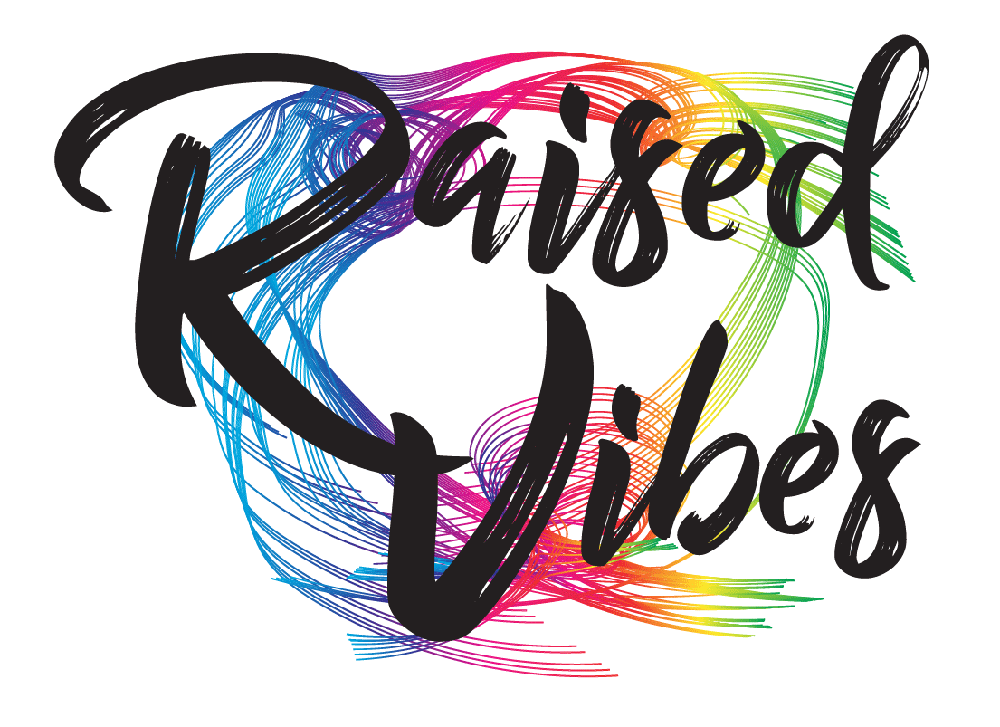Understanding Sugars

The various types of sugar are derived from different sources and this can be a somewhat confusing topic as we hear so much about the benefits as well as the harm of consuming sugar. Simple sugars are called monosaccharides and include fructose, glucose (also known as dextrose) and galactose.
Monosaccharides are the building blocks of disaccharides (such as sucrose and lactose) and polysaccharides (such as cellulose and starch).
Table sugar or “granulated sugar” refers to sucrose, a disaccharide of glucose and fructose. A disaccharide is the sugar formed when two monosaccharides (simple sugars) are joined by glycosidic linkage. Refined sugar comes from sugar cane or sugar beets, which are processed to extract the sugar. This “chemically” produced sugar, mostly high-fructose corn syrup is then added to foods and beverages for sweetness and flavor. It takes about 12 beets to make one pound of granulated sugar, however most table sugar that people consume comes from sugar cane, which is the crushed stalks, that is done to separate the juice from the pulp. The juice is then heated to crystallize it and then “filtered” with bone char which helps give sugar its white color. This bone char usually comes from cow bones that are heated to very high levels.
For something that is void of any nutritional value, it seems like a lot of trouble making it, by the repeated heating, chemical treatment, filtration and crystallization processes.
Now that you understand table sugar let’s talk more about monosaccharides. A monosaccharide is the most basic form of carbohydrates with many functions within cells, but first and foremost, monosaccharides are used to produce and store energy. We will focus on Fructose and Glucose primarily but Galactose, Ribose, and Xylose are also monosaccharides.
All monosaccharides have the same general formula of (CH2O)n, which designates a central carbon molecule bonded to two hydrogens and one oxygen. However, Fructose which is almost identical to glucose is a slightly different molecule. (see image) This makes fructose a ketose, instead of an aldose. Like glucose, fructose still has 6 carbons, each with a hydroxyl group attached. However, because the double bonded oxygen in fructose exists in a different place, a slightly different shaped ring is formed. In nature, this makes a HUGE difference in how the sugar is processed! Complicated and yet “simple” (pun intended). But because fructose does not increase blood glucose and does not require insulin, individuals with diabetes can often tolerate it better than other sugars.
In nature, this makes a HUGE difference in how the sugar is processed! Complicated and yet “simple” (pun intended). But because fructose does not increase blood glucose and does not require insulin, individuals with diabetes can often tolerate it better than other sugars.
Fructose is primarily fruit sugar while Glucose is found in plants and most algae. Complex sugars and carbohydrates get broken down into glucose which brings us to polysaccharides.
Starch, Cellulose, and Glycogen are our Complex Sugars (Polysaccharides), which is a large molecule made of many smaller monosaccharides. Special enzymes bind these small monomers together creating large sugar polymers, or polysaccharides.
Starch is often produced in plants as a way of storing energy. Starch can be found in a range of foods, including bread, beans, cereals, noodles, pasta, as well as starchy vegetables such as potatoes, corn, lentils, and peas.
Cellulose serves a distinct purpose in nature to starch and glycogen. It makes up the cell walls in plant cells. Cellulose is not hydrolyzed easily and, therefore, cannot be digested so it is not a source of energy for humans. Animals like cows and pigs can assimilate cellulose thanks to symbiotic bacteria in their digestive tracts, but humans cannot.
Plants store complex carbohydrates as starch and animals store them as glycogen in the muscles and liver. Illustrations of foods that contain large amounts of complex carbohydrate include potatoes, rice, and bread.
Through digestion, your body breaks down carbohydrates from the food you consume and converts them to glucose, or blood sugar. Fresh fruits are chock-full of simple carbohydrates in the form of fruit sugar, or fructose. These kinds of carbs digest fairly quickly in one step in your small intestine. Enzymatic juices convert simple carbohydrates into glucose, and it absorbs directly through cell walls.
The bottom line is we should be consuming monosaccharides such as fructose (fruits), which does not need insulin for digestion and glucose which provides energy that our bodies need to function.
The ratios of fructose and glucose are pretty much equivalent in both fruit and table sugar. Most fruits are 40 to 55 percent fructose (there’s some variation: 65 percent in apples and pears; and table sugar (aka sucrose) is 50/50.
But don’t get the idea that because the sugar composition is the same in fruit and cake, they’re interchangeable. (GRAVELY, they’re not!) For one thing, fruit offers healthy stuff like vitamins, antioxidants, and hydration as well as an astringent quality that cleans and filters the great lymphatic system, while cakes, candy, and desserts are nutritionally void. Read that again… they are nutritionally void!
Not to mention, whole fruit has a great deal of fiber, which actually slows down your body’s metabolism of glucose, so you don’t get the insane insulin spike (and subsequent crash) that candy causes.
So it’s fruits and veggies for the win!






